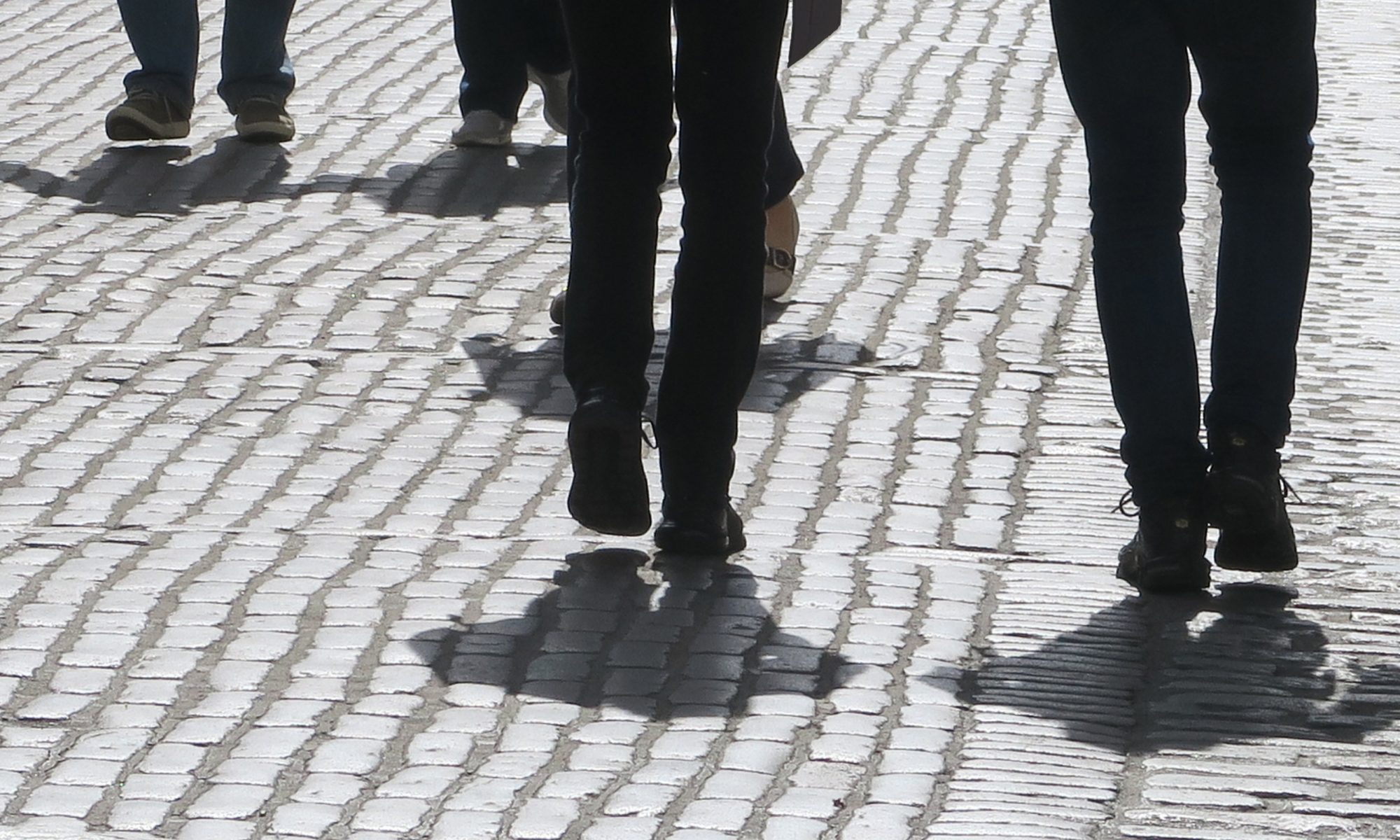
London has some 6,400 signalised pedestrian crossings. These are in addition to zebra crossings and so-called informal crossings. Many crossings are situated at road junctions, on some or all of a junction’s arms. The remainder are ‘stand alone’ crossings located where it has been judged people particularly need to cross – for example, at a railway station or shopping centre.
All signals are installed and managed by Transport for London (TfL) and its Network Management Directorate. Where they are on the TfL’s own network of ‘Red Routes’ they are paid for by TfL. All other roads are the responsibility of London’s 32 Boroughs, and crossings here are specified and paid for by each borough.
London Living Streets regards crossings as vitally important part of London’s walking infrastructure. We believe that signalised crossings should give at least as much priority to people on foot as they do to motor vehicles. Rather than act as a barrier to walking, they should help people move around their locality without fear and excessive delay. For too long crossings have been set up to prioritise road traffic, keeping pedestrians waiting for the lights to change and then giving them the shortest possible time to cross. We believe this increases danger and reduces the comfort of pedestrians and deters many people from choosing to walk.
To learn more about London’s crossings or join us in this work, take a look at the following sections:

